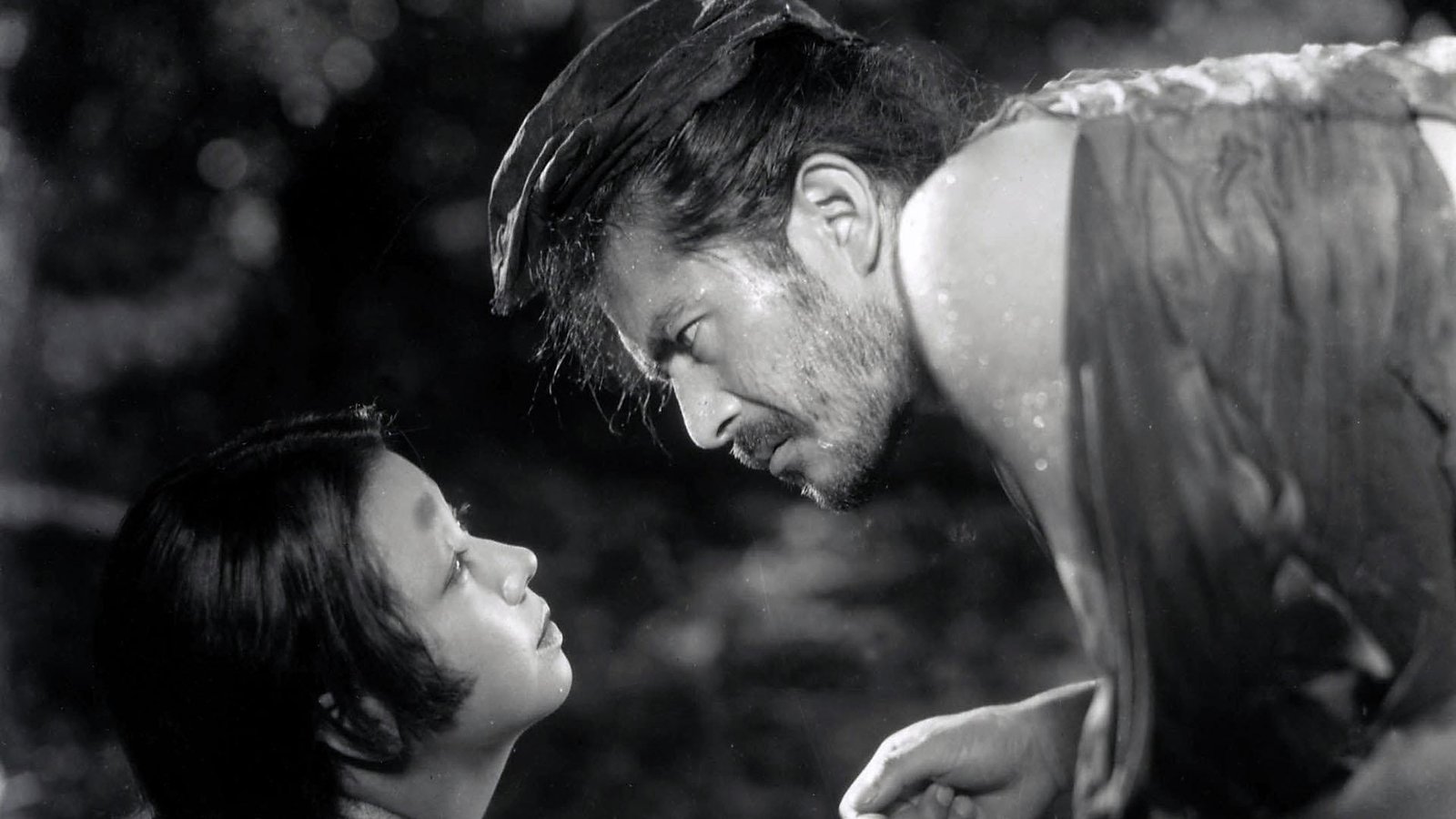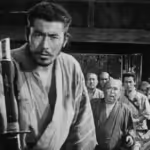Rashomon’s Influence on Modern Cinema
Rashomon’s Influence on Modern Cinema. Akira Kurosawa’s seminal film “Rashomon,” released in 1950, has profoundly influenced modern cinema with its innovative narrative techniques and philosophical depth. The film, renowned for its unique storytelling and exploration of subjective truth, continues to shape filmmakers’ approaches to narrative complexity and character development. This article delves into how “Rashomon” has impacted contemporary cinema, highlighting key elements that echo in modern film-making.

Innovative Narrative Structure
“Rashomon” is celebrated for its non-linear narrative structure, which presents the same event from multiple perspectives. This technique, known as the “Rashomon Effect,” emphasizes the subjectivity of truth and memory. Modern filmmakers frequently employ similar strategies to create complex and multi-faceted narratives. For instance, Quentin Tarantino’s “Pulp Fiction” and Christopher Nolan’s “Memento” both utilize non-linear storytelling to engage audiences and offer varying viewpoints on events.
Moreover, this narrative style has paved the way for experimental films and television series. Shows like “Lost” and “Westworld” use fragmented storytelling to build suspense and deepen character development. By incorporating multiple perspectives, these works challenge audiences to question the reliability of their sources and interpret narratives in more nuanced ways.
Exploration of Subjective Truth
The central theme of “Rashomon” is the fluidity of truth and the unreliability of eyewitness accounts. Each character’s version of the story reveals their personal biases and motivations, thereby questioning the nature of reality itself. This philosophical inquiry into subjective truth resonates with modern filmmakers who explore similar themes in their works.
In addition, films such as “The Usual Suspects” and “Gone Girl” delve into the manipulation of truth and perception. These movies utilize unreliable narrators and plot twists to keep audiences guessing and highlight the complexity of human psychology. By engaging with these themes, contemporary films continue to explore and expand upon the ideas first presented in “Rashomon.”
Character Development and Moral Ambiguity
“Rashomon” is also notable for its rich character development and moral ambiguity. The characters’ conflicting accounts of the same event reveal their complex personalities and ethical dilemmas. This approach encourages viewers to empathize with characters despite their flaws, thus adding depth to the storytelling.
Modern cinema has adopted this method of character exploration, often presenting morally ambiguous characters who challenge traditional notions of good and evil. Films like “No Country for Old Men” and “The Godfather” showcase protagonists with intricate moral landscapes, forcing audiences to grapple with their conflicting emotions. This shift towards more complex character portrayals owes much to the legacy of “Rashomon.”
Impact on Cinematic Techniques
In addition to its narrative and thematic contributions, “Rashomon” has influenced cinematic techniques, particularly in terms of visual storytelling. The film’s use of natural lighting and innovative camera angles set new standards for the industry. Kurosawa’s decision to film in the rain and use reflective surfaces to enhance the atmosphere has inspired countless directors.
Furthermore, modern films often draw on these techniques to create immersive and visually striking experiences. For example, the use of natural lighting and dynamic camera work in films like “The Revenant” and “Birdman” reflects the enduring impact of Kurosawa’s methods. Hence, the visual style of “Rashomon” continues to shape how contemporary filmmakers approach cinematography.
Cultural and Global Impact
“Rashomon” has not only influenced Western cinema but has also had a significant impact globally. The film introduced international audiences to Japanese cinema and set a precedent for cross-cultural storytelling. Its success helped pave the way for the global appreciation of diverse film styles and narratives.
Additionally, the Rashomon Effect has been embraced by filmmakers worldwide, transcending cultural boundaries. Films from various countries, including those in Bollywood and European cinema, often incorporate multi-perspective storytelling to enrich their narratives. Therefore, “Rashomon” remains a universal touchstone in the exploration of human experience through film.
Conclusion
In summary, Akira Kurosawa’s “Rashomon” has left an indelible mark on modern cinema through its groundbreaking narrative structure, exploration of subjective truth, and innovative cinematic techniques. By challenging conventional storytelling and highlighting the complexity of human nature, “Rashomon” continues to influence filmmakers and inspire new approaches to narrative and character development. Its legacy endures as a cornerstone of cinematic innovation, demonstrating the power of film to explore and interpret the multifaceted nature of truth.



